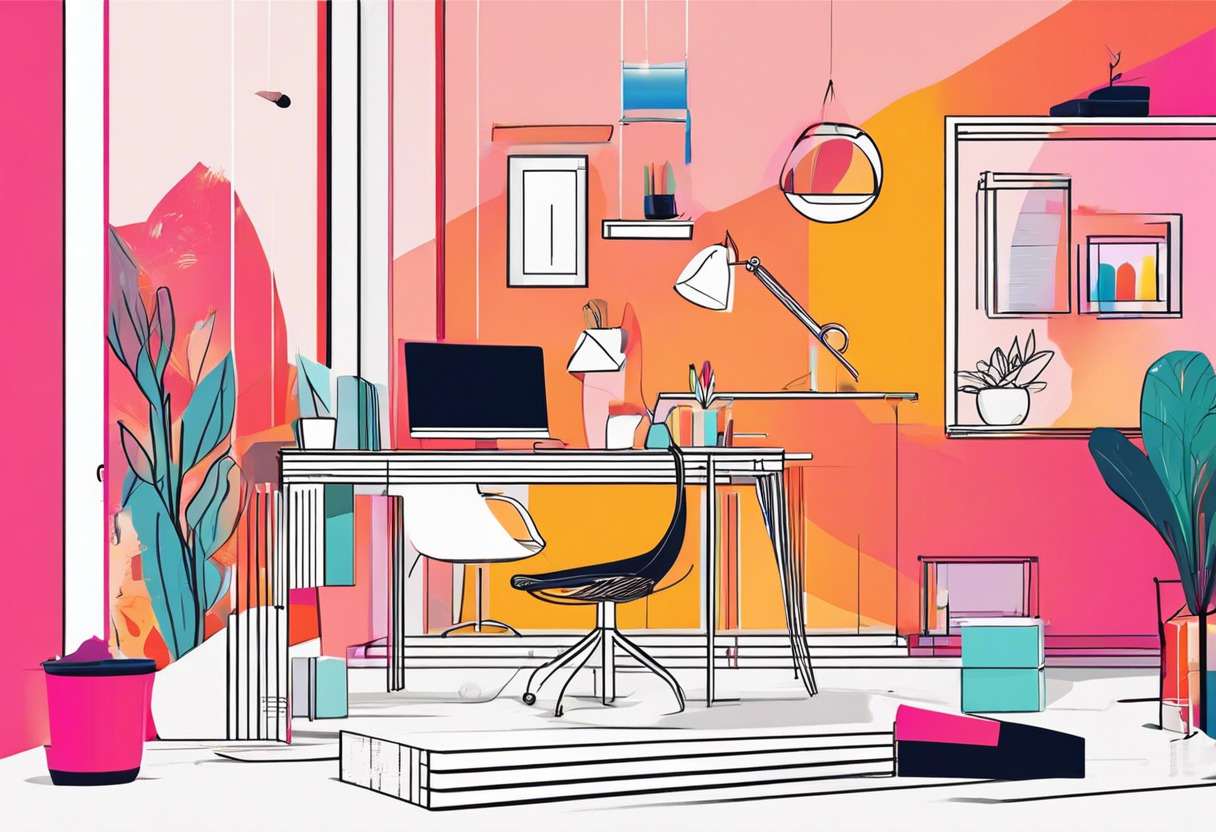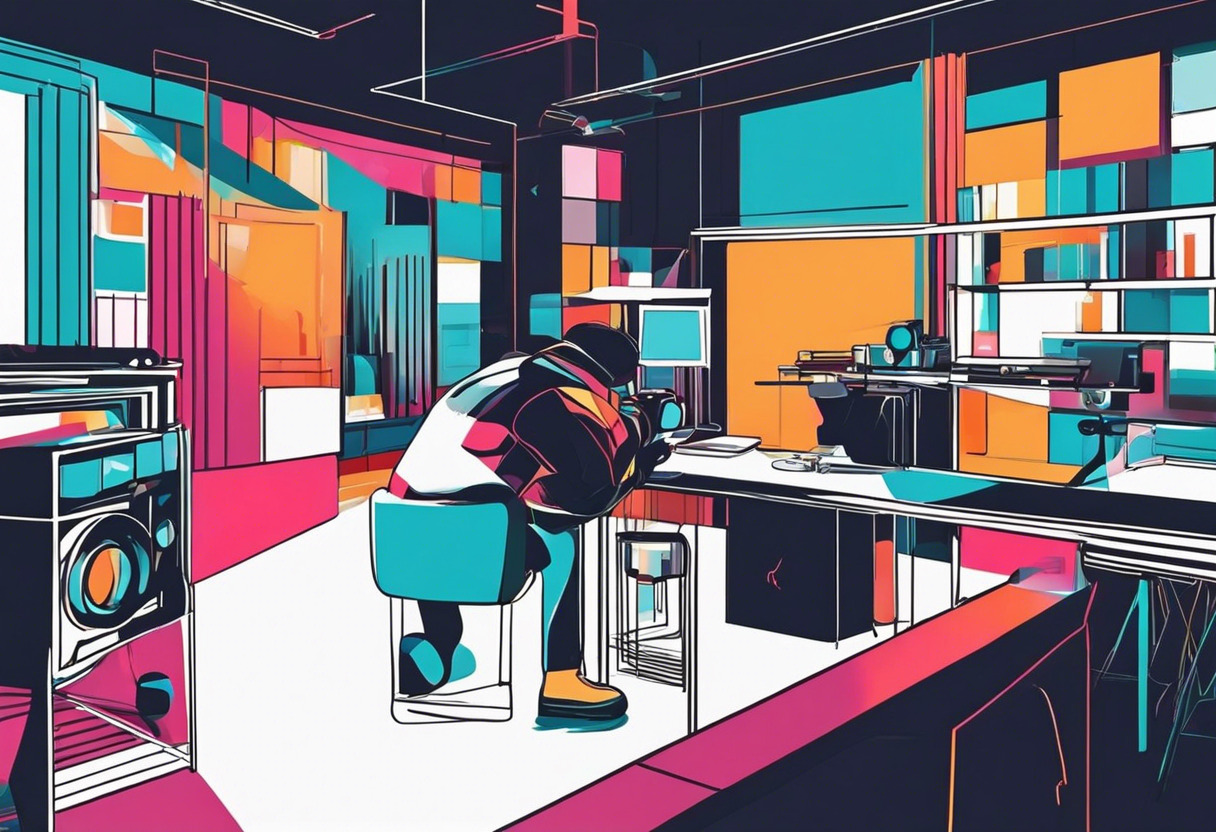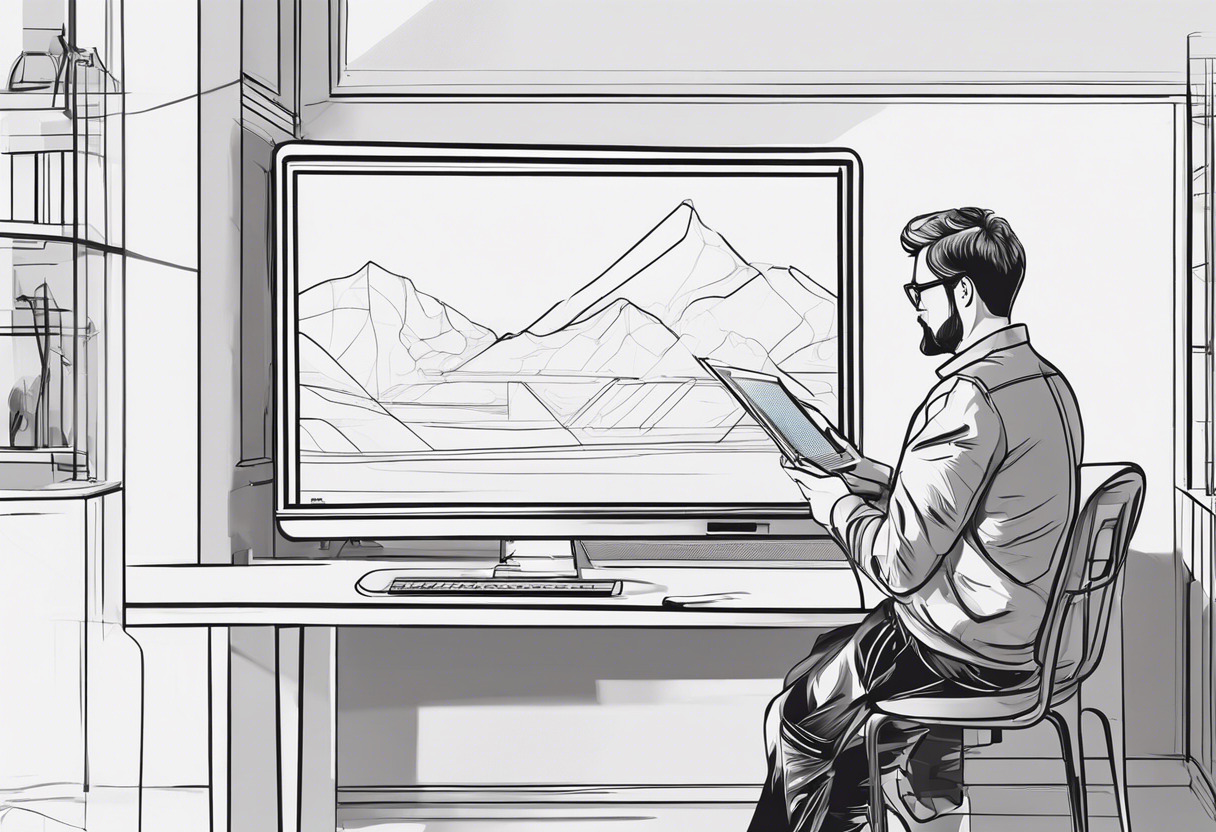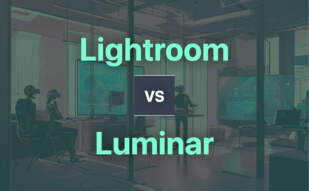For professionals seeking a polished, user-friendly interface and a robust suite of tools, Adobe Lightroom is the optimal choice. However, if you prioritize total control over image adjustments and a cost-effective open-source solution, then Darktable is a better fit.

Key Differences Between Adobe Lightroom and Darktable
- Cost: Lightroom is a paid software from Adobe. Darktable is free and open-source.
- Platform compatibility: Lightroom supports Windows, MacOS, iOS, Android, tvOS. Darktable is available for macOS, Windows, and Linux.
- Design: Lightroom has a more user-friendly interface, while Darktable’s form can overwhelm beginners but offers total control over adjustments.
- Features: Lightroom provides numerous bundled editing functions. Darktable supports extensive RAW conversion, tethered shooting, and geotagging, but has no local edit function.
| Comparison | Lightroom | Darktable |
|---|---|---|
| Cost | $9.99/month to $54.99/month | Free |
| Feature Specialization | Quick, efficient photo editing | RAW file processing |
| Platforms Supported | Windows, macOS, iOS, Android, tvOS | Mac OS X, Linux, Windows |
| Device Compatibility | Desktop and mobile devices, Apple TV | Desktop |
| Image Management | Flag, rate, tag, and color code images | Lighttable window for library management, manual location entry |
| Editing Function | White Balance, Preset, HSL, Radial Filters | Negative Processing, Split Toning, Contrast, Exposure, Tone Curve |
| User Interface | User-friendly | Can improve on function and form |
| Extra Features | Tethered shooting, geotagging, save preset | Tethered shooting, watermarks, Velvia simulation, improved slideshow, JPEG XL |
What Is Adobe Lightroom and Who’s It For?
Adobe Lightroom, an integral element of the Adobe Creative Cloud, offers potent image organization and processing software. Compatible with various platforms, such as Windows, macOS, iOS, Android, and tvOS, it serves as an indispensable tool for creatives like photographers, graphic designers, digital marketers, and social media managers. Offering a vast spectrum of editing functions – from altering brightness, contrast, and color to lens corrections and red eye correction – it lets you manipulate images post-capture quickly and proficiently.
As a multifunctional tool, Lightroom comes in two versions: Lightroom Classic for desktop use and Adobe Lightroom for mobile devices and AppleTVs. License it individually or bundle it with Photoshop and online storage, providing broader opportunities for learning and using other Adobe software.

Pros of Adobe Lightroom
- Efficient quick edits post-capture
- Built-in and customizable presets
- Wide range of editing functions
- Fosters organization by tagging and color-coding images
Cons of Adobe Lightroom
- Requires monthly subscription fee
- Separate platforms for desktop and mobile devices
What Is Darktable and Who’s It For?
Darktable positions itself as an open-source RAW converter software on platforms like Mac OS X, Linux, and Windows. Together with a virtual light table to simultaneously view multiple images, it features a virtual darkroom for RAW file processing. With compatibility for over 400 camera RAW files, Darktable supports tethered shooting and provides several editing functions such as contrast and tone curve adjustments.
The software also accommodates geotagging and offers a unique option for manual location data entry. Though its user interface leans toward the complex side, the full control it gives its users over image adjustments is unanimously praised.

Pros of Darktable
- Free and open-source
- Supports a massive range of camera RAW files
- Geotagging feature
- Guarantees full control over image adjustments
Cons of Darktable
- Complex user interface
- Lacks an undo system
- No local edit option available
Lightroom or Darktable: The Ultimate Showdown
After an in-depth assessment of Lightroom and Darktable, it’s time for a professional verdict, tailored for distinct audience segments.
Photographers and Graphic Designers
Lightroom is practically unbeatable. Forming part of Adobe Creative Cloud suite, it offers quick, efficient photo editing that’s indispensable for photographers and graphic designers. It streamlines your process with built-in and customizable presets, allowing instant post-capture edits.Darktable, with its fully controllable image adjustments, comes with a steep learning curve, making it less suitable for this audience. However, its open-source nature warrants a consideration.

Digital Marketers and Social Media Managers
Again, Lightroom wins for these professionals. And here’s why: It offers not just high-precision edits but simplified organization – flag, rate, tag, color code, and manage your images efficiently. Darktable, on the other hand, lacks an intuitive image finding system – a notable con for individuals managing large pools of visuals.

Developers and Open Source Enthusiasts
For these folks, Darktable clearly has an edge. Being open source means infinite possibilities. The freedom to tweak, adjust, and contribute to the source code makes it priceless for the developer community. Lightroom, in contrast, keeps its internal workings under wraps, limiting the scope for customization.

In the faceoff between Adobe’s Lightroom and open-source Darktable, Lightroom conquers with its commendable editing precision, organizational strength, and Adobe ecosystem synergy. However, Darktable’s open-source spirit could be the magnet for developers and those longing for utter control.
Patrick Daugherty
Content writer @ Aircada. Merging AR expertise with a love for late-night gaming sessions.





